
Ms Emily Woods is an NSF scholar with a passion for developing innovative and affordable technology solutions. After a chance meeting at the World Water Week this year, we decided to take the conversation forward and learn more about innovations in non-sewered sanitation from Ms Woods herself. Here are the excerpts from our chat:
Please tell us about the on-going faecal sludge management being done by Sanivation in urbanising communities…
Absolutely! Sanivation is focusing on partnering with different institutions and governments to create sustainable non-sewered faecal sludge management in urbanizing cities. It looks a little bit different in different areas because different areas have different needs. Sometimes it’s providing Container Based Toilets; sometimes it’s helping emptying pit latrines. But all of it is about getting waste to our treatment processing facilities where we treat the waste and convert it to solid sustainable fuel like charcoal and firewood substitute.
Any particular reason for having chosen Naivasha for the project…
We currently have operations in Naivasha, Kenya which is peri-urban area and also in Kakuma refugee camp which is on the South Sudan border.
Naivasha is an extremely fast urbanising community with amenable infrastructure here and the Government partners in the area have been interested to see what are the non-sewered options so that they can try to expand sanitation quicker. And then up in the refugee camp, we’re partnered with UNHCR and NRC where they are running out of space to put pit latrines and flooding and rocky soils make installing pit latrines very difficult and there are not many options for refugee camps. They are looking for more sustainable options to be cost-competitive pit latrines.
What inspired you to look into non-sewered sanitation and develop innovations?
Great question! I was working for a non-profit here in Kenya and they had funding to build 900 new pit latrines and so I was brought on board to design cheaper, better pit latrines but we realised that the average pit latrine area we were working on filled up in about three years and the area we were working on didn’t have any way for emptying pit latrines and definitely no way of treating the waste even if it was collected. And so we were installing a solution that was basically a three-year band-aid. When I brought this up with the non-profit and said: “Hey, this is just a three-year solution, shouldn’t we think longer term?” Their response was “yeah you are right! Our funding is for pit latrines. Let’s go see if we can think of funding to also think about more sustainable options!” I was really frustrated with the answer and I think sometimes non-profit are too beholden to the funding they have. Sanivation, on the other hand, is a for-profit which is beholden to the beneficiaries and to the market. If you are not creating a solution that people are going to pay for, then you are not going to exist.
Could you give us an insight into how the entire project works?
Sanivation focuses on partnering with local governments to create comprehensive sanitation provision to rapidly urbanizing areas. Our secret is understanding that waste has value. If we can design systems about reusing human waste, then we can actually create secondary revenue streams in waste processing. What that means is we can, and have, built treatment factories that not only treat human waste but convert it to something valuable – in our case it is sustainable solid fuel, a firewood and charcoal substitute. Once we have these sustainable treatment factories we can also focus on working to collect more waste out of the communities: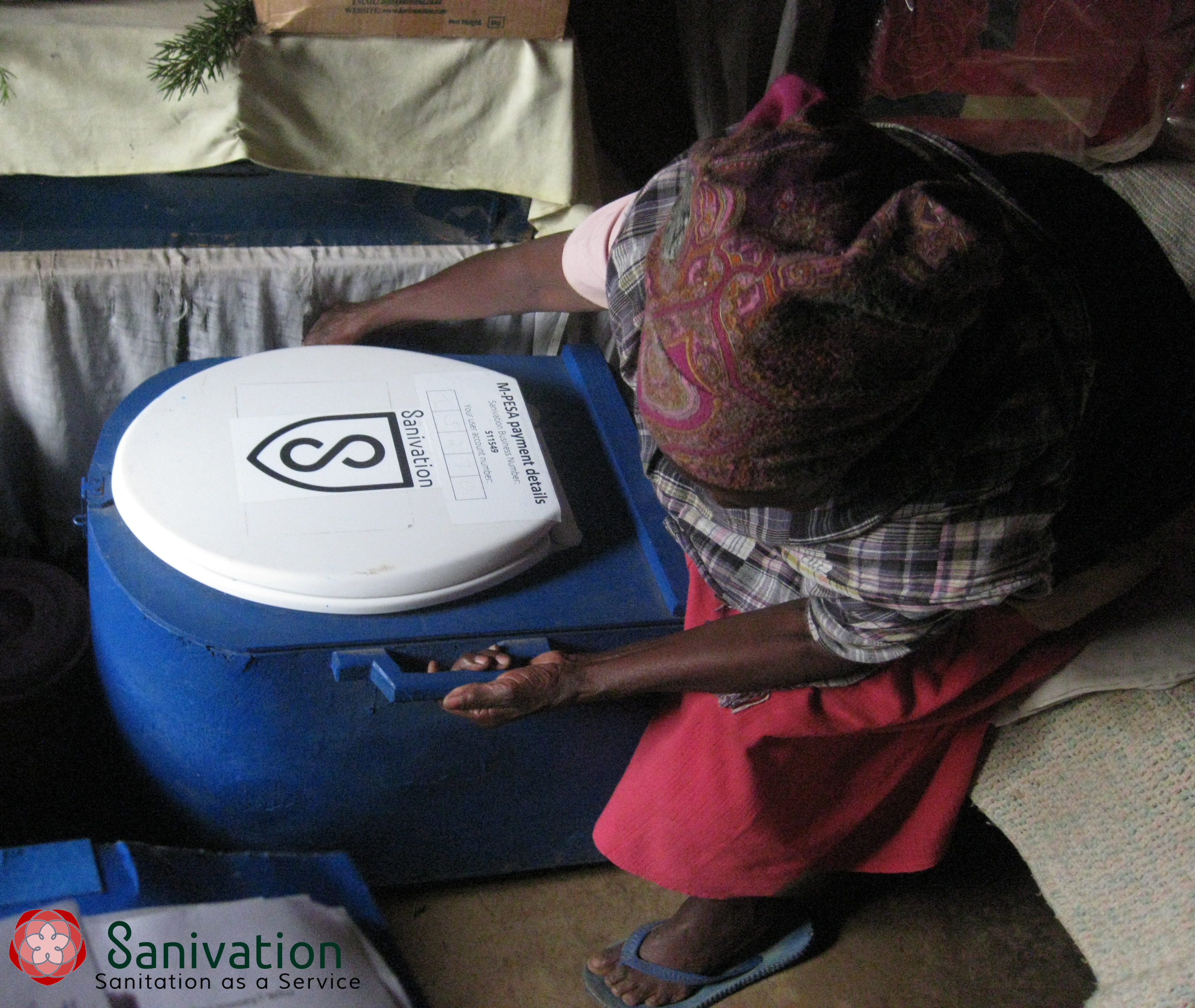 such as Container based toilets (picture on the right). Households here in and near Naivasha, they rent this toilet at about 2 to 5 dollars a month and they get this toilet that they can keep in their house and works just like a toilet but it has two containers on the inside – one collects the urine and one collects the feces. Their monthly rental fee pays for one of our staff to go to their house twice a week, collect the full bucket and put in empty pits and transport the full bucket to our treatment site. Or emptying pit latrines, this is something new which we are trying to work on with some experts from other places and we are very much trying to figure out what exactly is the business model where we can still be at a price that people can afford but also at a price that can make us a profitable company. So there’s still a lot of work to do there.
such as Container based toilets (picture on the right). Households here in and near Naivasha, they rent this toilet at about 2 to 5 dollars a month and they get this toilet that they can keep in their house and works just like a toilet but it has two containers on the inside – one collects the urine and one collects the feces. Their monthly rental fee pays for one of our staff to go to their house twice a week, collect the full bucket and put in empty pits and transport the full bucket to our treatment site. Or emptying pit latrines, this is something new which we are trying to work on with some experts from other places and we are very much trying to figure out what exactly is the business model where we can still be at a price that people can afford but also at a price that can make us a profitable company. So there’s still a lot of work to do there.
Were there any challenges that you faced during implementation? For e.g. resistance by the community towards adopting fuel derived from human waste?
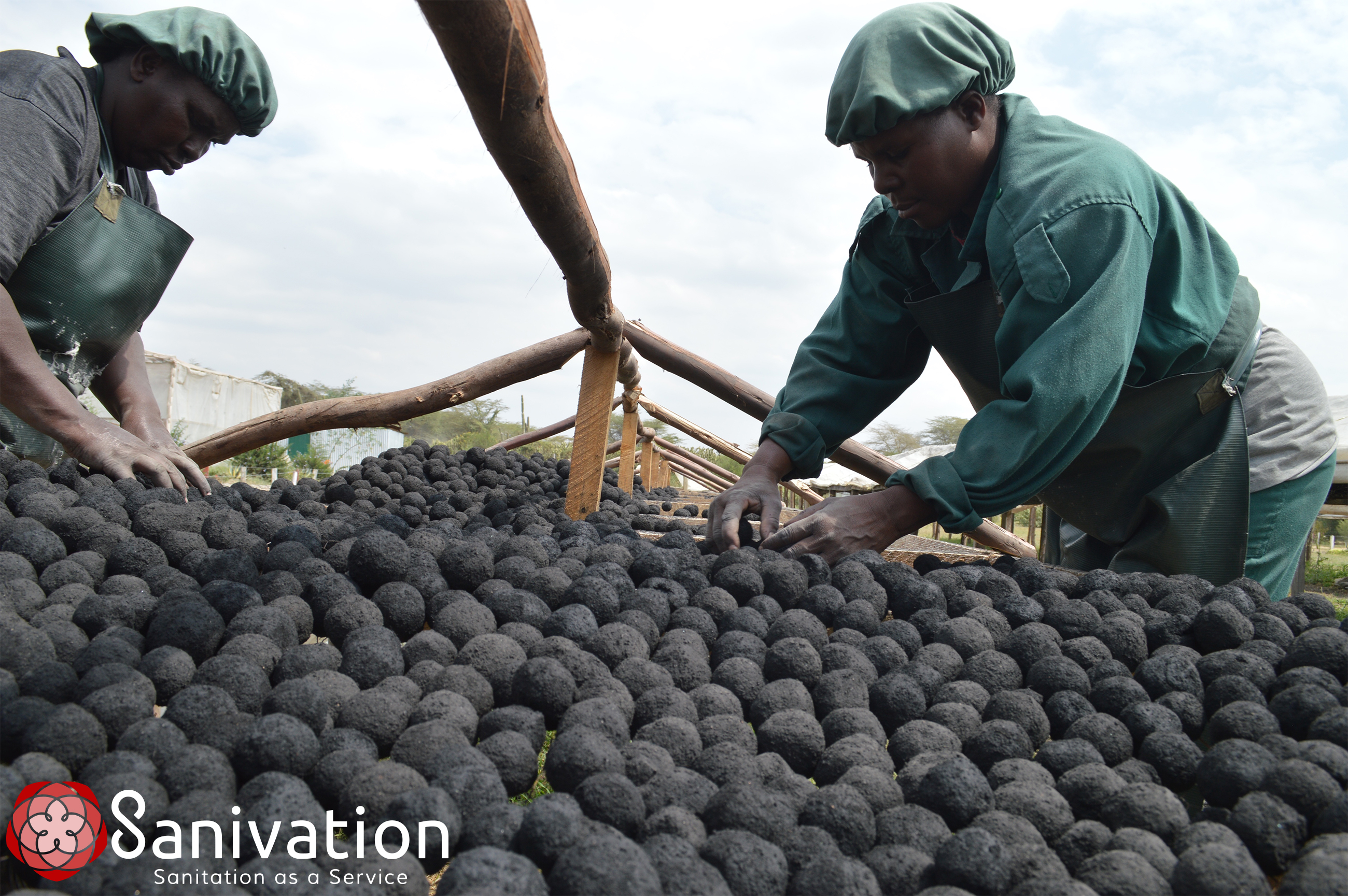
Yeah! I always get this question obviously and I think, the key point is that if the final product doesn’t look or smell anything like poop and it actually performs compared with other options and at a price which is competitive, people don’t seem to mind that it comes from poop. Usually, at first, people make a face! But when they see it burning and realise it doesn’t smell like poop; it doesn’t look like poop; they wouldn’t know it’s from poop unless we told them and then you tell them the price, people start coming around pretty fast (picture on the right).
Over the years of implementation of this project, has there been a noticeable behaviour change in the community towards sanitation?
Yes, Like I said we are really focused on partnering with other institutions and government organisations who are responsible for sanitation in the area. Moreover, the changes we have seen is that when we first started working here 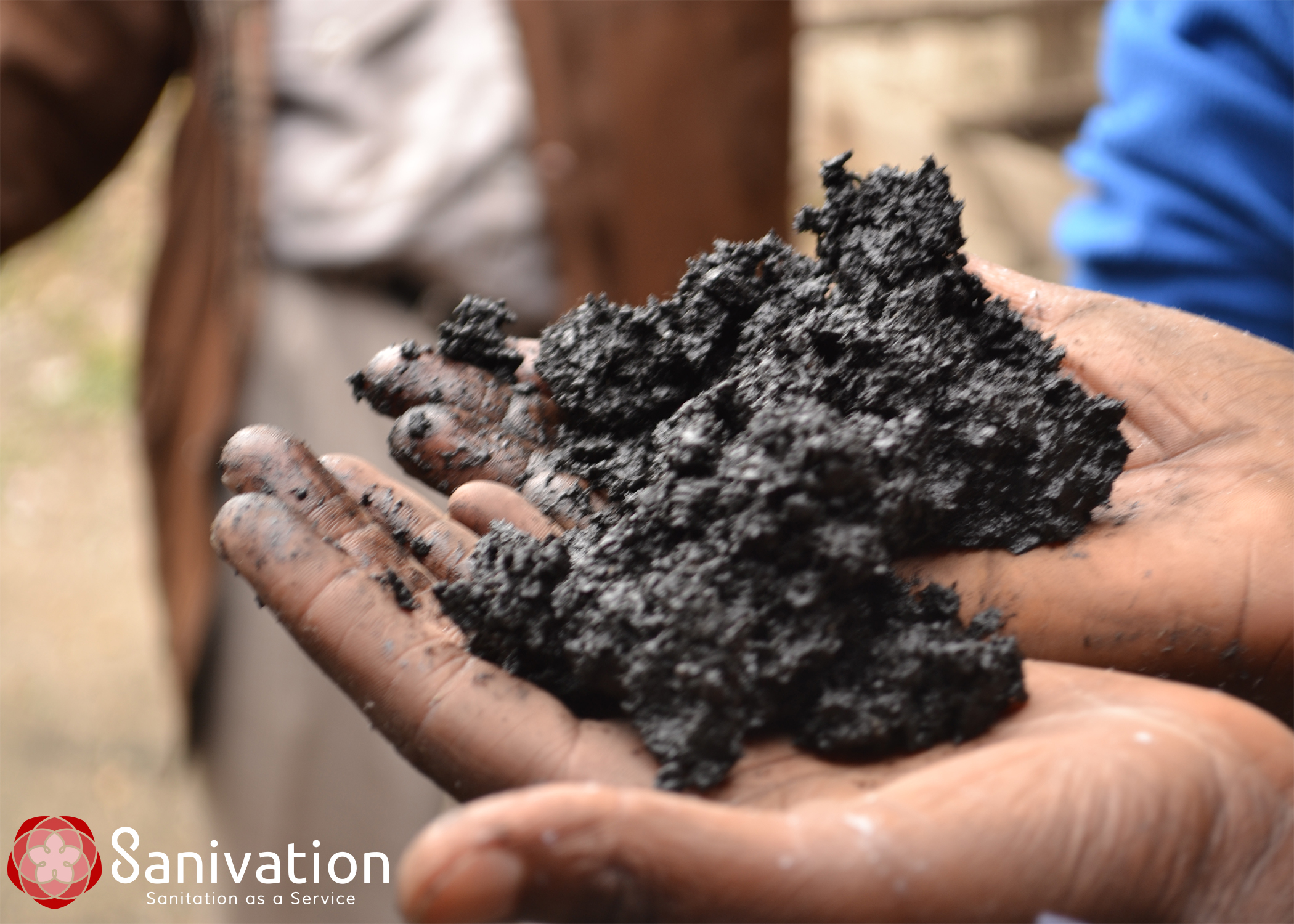 in Naivasha, the only solution for water and sanitation utility was to put sewerage lines and treatment plants. A lot of the work and a lot of the change has been a change in the mentality that there are other solutions. You don’t have to put in sewerage lines everywhere. Not everyone has to have a flush toilet. They can still have a dignified safe sanitation option. And I think that’s been one of the biggest changes. Now people have heard the term faecal sludge management (See picture of treated waste on left) or non-sewered options and they are starting to really get on board and we see that not only in Naivasha but all over Kenya right now and it’s really exciting!
in Naivasha, the only solution for water and sanitation utility was to put sewerage lines and treatment plants. A lot of the work and a lot of the change has been a change in the mentality that there are other solutions. You don’t have to put in sewerage lines everywhere. Not everyone has to have a flush toilet. They can still have a dignified safe sanitation option. And I think that’s been one of the biggest changes. Now people have heard the term faecal sludge management (See picture of treated waste on left) or non-sewered options and they are starting to really get on board and we see that not only in Naivasha but all over Kenya right now and it’s really exciting!
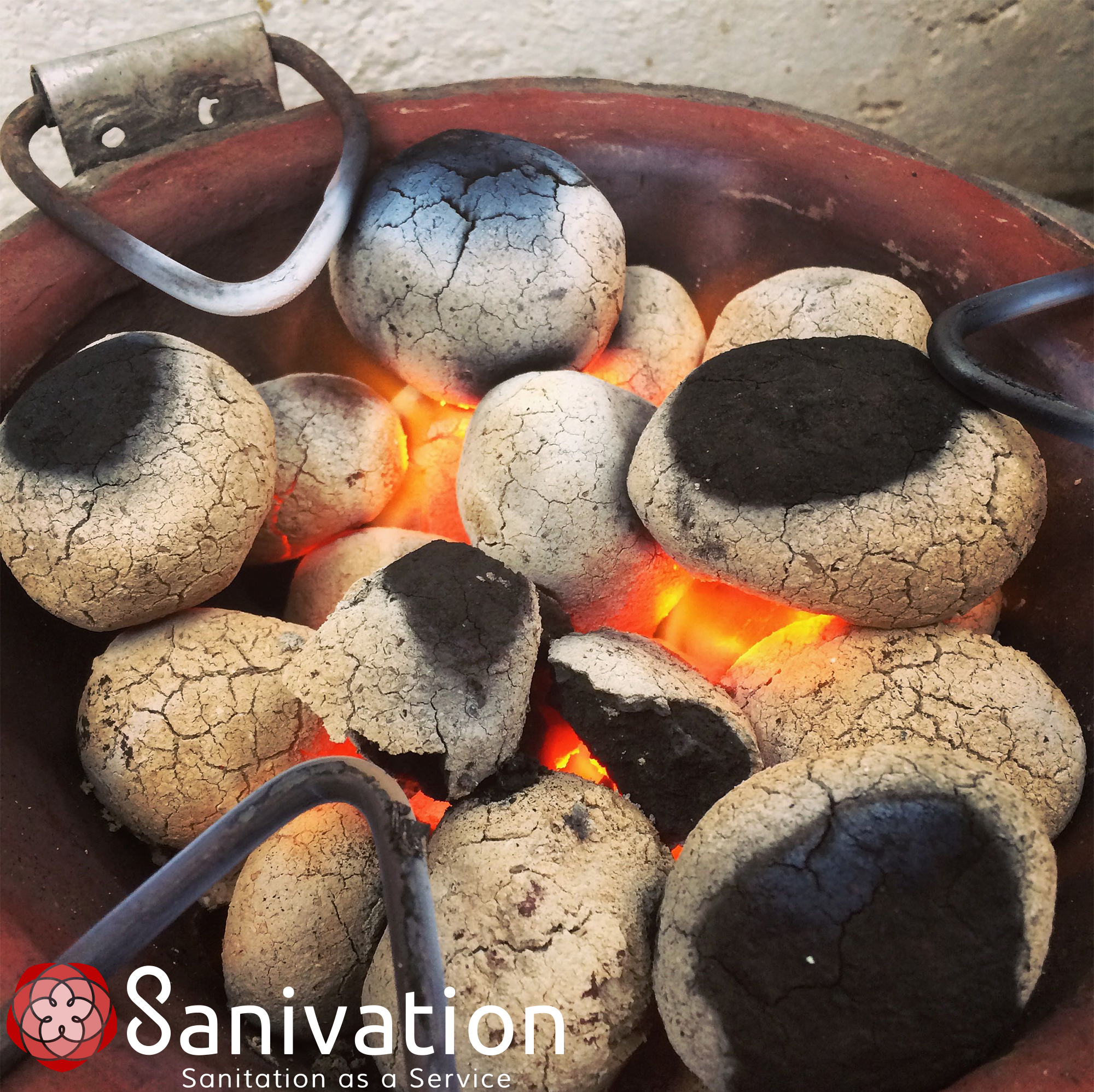
Your comments on biomass being a more sustainable solution for the environment…
Absolutely! So for every ton of our charcoal (picture on left) that we sell, we are saving 88 trees from being cut down in Kenya! Deforestation is now a big problem in Kenya and also in rest of the places in the world. So in utilizing the calorific value for dried human waste is competitive with most dry wood from trees. They have very similar calorific values which is incredible! So instead of cutting down trees, let’s actually make use of this product that has been a waste product for so long around the world.
A peek into the future plans of Sanivation…
The key thing is that we are a company. It’s not just a project or a one-off. And so we are very much looking at what are the scaling plans and in the near future, we are focusing on Kenya as we start working with the Government through their policies so it makes it easier to stay within the country. I think with our work with the refugee camps and our partnership with the UNHCR might take us to very other places sooner rather than later. We also have a new factory opening on World Toilet Day on November 19th this year. With time, I would love to partner and work all over the world and bringing different types of non-sewered solutions everywhere!

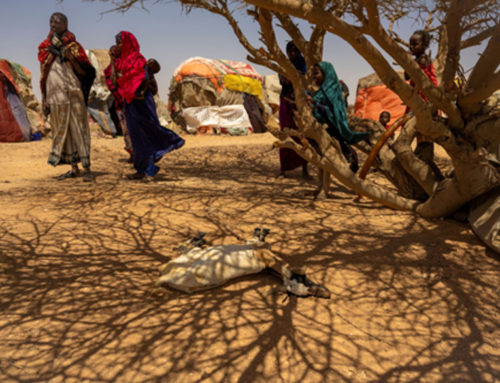

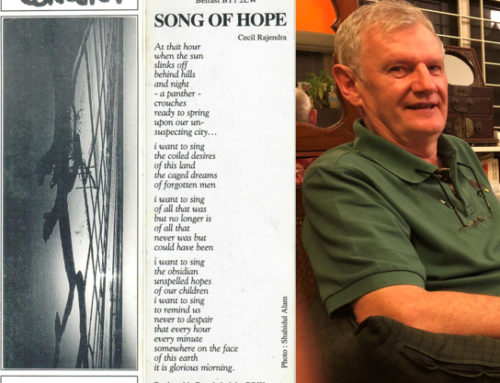
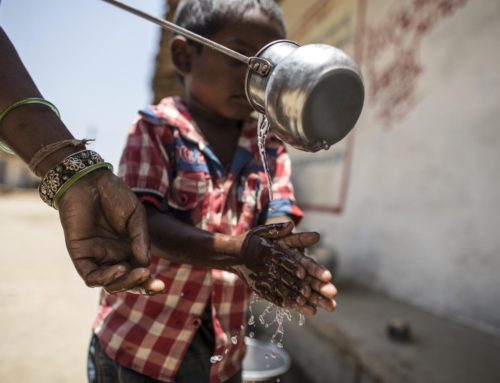
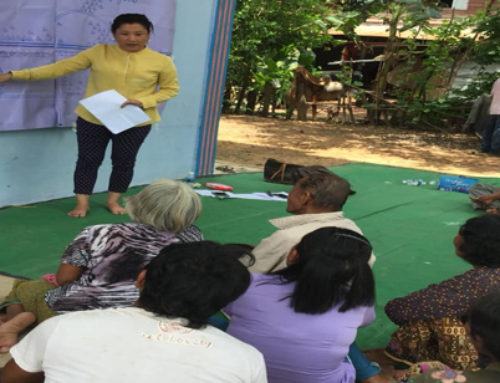
Leave A Comment